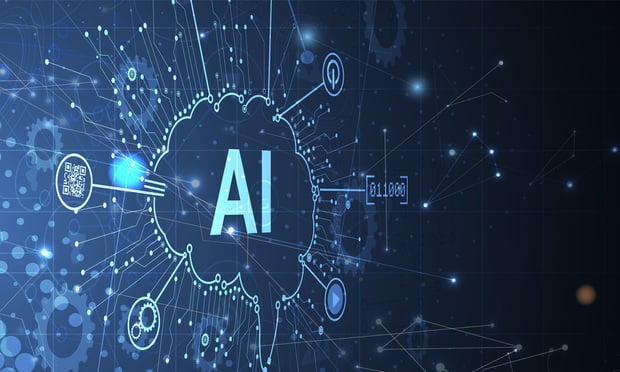Law.com Subscribers SAVE 30%
Call 855-808-4530 or email [email protected] to receive your discount on a new subscription.
Listen Up: What the Discoverability of Audio Recordings Should Mean to IT Professionals
As most IT professionals already know, courtesy of the recently revised Federal Rules of Civil Procedure (“FRCP”) Rule 34(a), audio files are now fully discoverable. This has led many IT professionals to create and implement procedures that will record and store telephonic conversations and other electronic interactions originating from and connected to their company client orders. These new protocols specifically address sound content from call desks, trading desks, phone systems and, of course, VoIP. IT professionals have enacted these procedures in an effort to keep up with one of the newest trends in mainstream e-discovery: sound recordings.
How Audio e-Discovery Affects IT

The DOJ's Corporate Enforcement Policy: One Year Later
The DOJ's Criminal Division issued three declinations since the issuance of the revised CEP a year ago. Review of these cases gives insight into DOJ's implementation of the new policy in practice.

Use of Deferred Prosecution Agreements In White Collar Investigations
This article discusses the practical and policy reasons for the use of DPAs and NPAs in white-collar criminal investigations, and considers the NDAA's new reporting provision and its relationship with other efforts to enhance transparency in DOJ decision-making.

The DOJ's New Parameters for Evaluating Corporate Compliance Programs
The parameters set forth in the DOJ's memorandum have implications not only for the government's evaluation of compliance programs in the context of criminal charging decisions, but also for how defense counsel structure their conference-room advocacy seeking declinations or lesser sanctions in both criminal and civil investigations.

How AI Has Affected PR
When we consider how the use of AI affects legal PR and communications, we have to look at it as an industrywide global phenomenon. A recent online conference provided an overview of the latest AI trends in public relations, and specifically, the impact of AI on communications. Here are some of the key points and takeaways from several of the speakers, who provided current best practices, tips, concerns and case studies.

CLE Shouldn't Be the Only Mandatory Training for Attorneys
Each stage of an attorney's career offers opportunities for a curriculum that addresses both the individual's and the firm's need to drive success.

